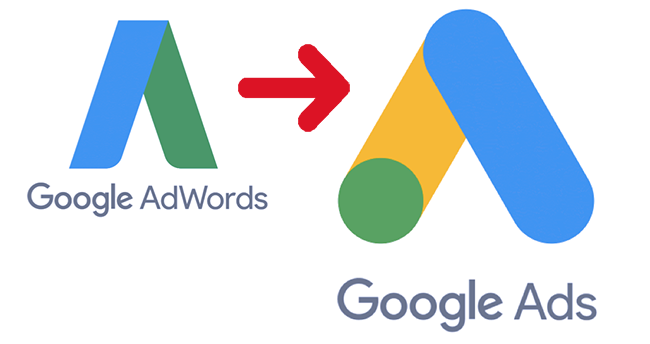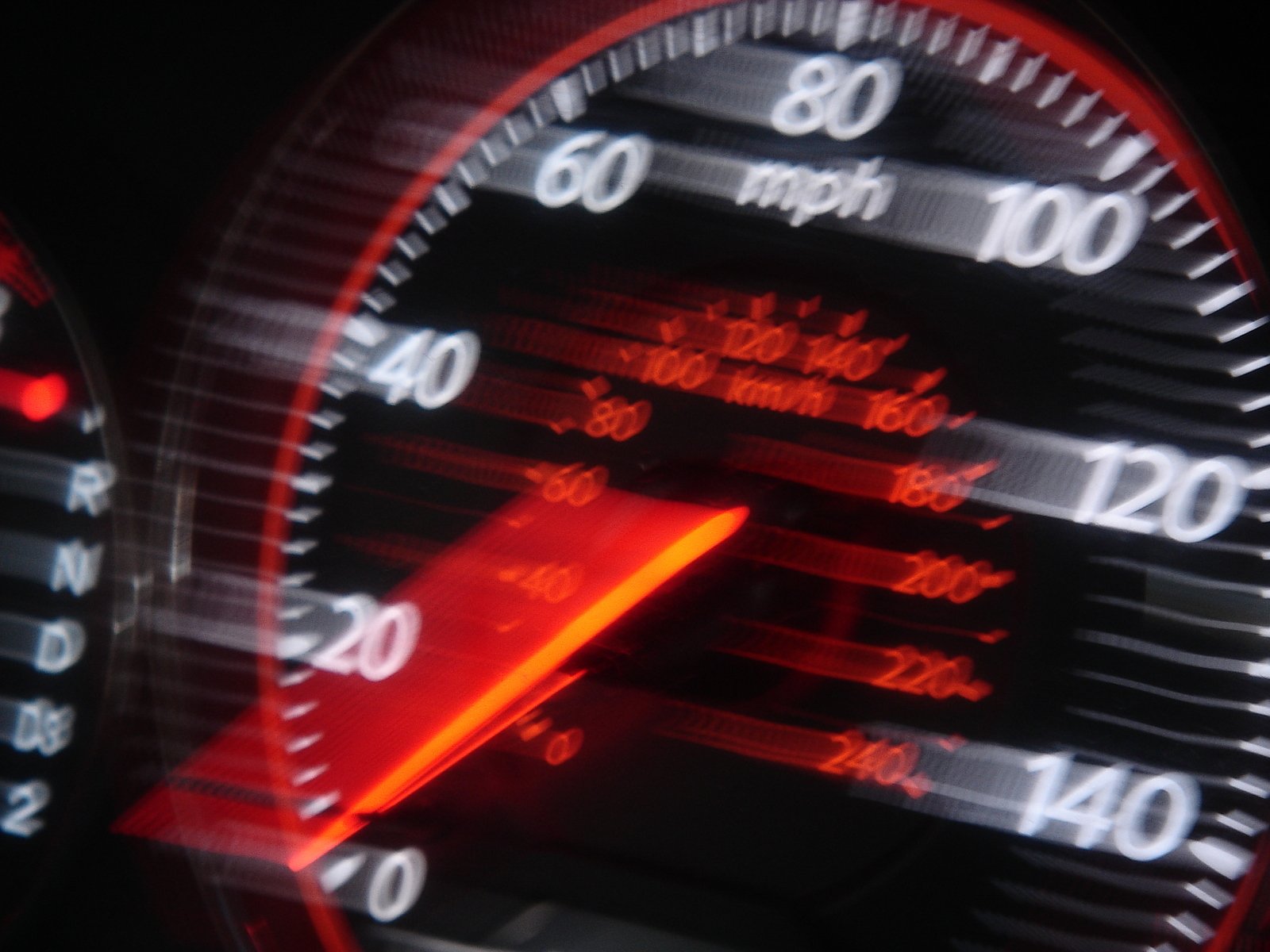Remember the Tom Cruise film Minority Report about the pursuit of thought crime criminals? Being an advertising guy, the thing that intrigued me most in that film was the proximity advertising that displayed personalised ads as Tom walked past the digital billboards.
There comes a time when SciFi fantasy technology stops hinting at becoming reality and starts to actually become reality, and I think that’s where we are now with proximity tracking and proximity marketing. Sure, proximity beacons have been around for a while – Google has been pushing their use for quite some time. Android KitKat 4.4 launched with Beacon receiving capabilities in 2013 and in the UK, the Swan Centre shopping mall in Eastleigh installed beacons and published a loyalty app as far back as 2014.

What is a beacon and how does it work?
Beacons are (often) tiny Bluetooth devices that can be discreetly placed indoors or outdoors. They scan for Bluetooth enabled mobile devices in their proximity range, as they broadcast an ID number. The beacon can then either log that device or send a message to that device.
What kinds of beacons should you get?
There are a wide range of beacons available to buy depending on your needs. There are long battery life beacons, beacons that are more suitable for wider ranges, waterproof beacons, wearable beacons and a whole lot more.
Make sure you get beacons that are both iBeacon (Apple) and Eddystone (Android) compatible.
How much do Beacons cost?
If you’re buying just one or two beacons from a reputable store then you’re probably looking at a starting price around the £10 mark. For long range, outdoor beacons we’re talking nearer £40 to £50 a pop.
Beacons for tracking car dealer visits
So here’s where it gets interesting for car dealers! If you’re running Google Ads campaigns to sell used cars for example, you can track how many people click an ad, visit your site and then complete an enquiry form. With clever call tracking technology from companies such as MediaHawk, you can also track how many people call you after seeing an ad. What you can’t currently do, is track how many people turned up at your dealership after clicking your ads or know which campaigns drive footfall and which don’t.
Here’s where beacons come in – plant these little devices in and around your lot and you’ll be able to get a view on how many people see your ads, click them and then visit, plant one in the showroom itself and you’ll be able to track further intent.
How car dealers can use Beacons
We’ve looked at how proximity beacons can help you track ad campaigns and we know that has a huge value, but those same beacons can also be used to push out notifications to your customers smartphones as they enter the proximity area of each device. Anything from a simple “Welcome to Blanco Cars” to “Welcome to Blanco Cars, why not download our app to get the most from your visit today”.
Short range beacons can be used to provide the user with a whole host of vehicle information as they approach each particular vehicle.
Here’s a thought… if you’ve got a competitor in your area, you could always plant a beacon near their dealership entrance and blast a “come to us instead message”. But that would be unethical right?













Recent Comments